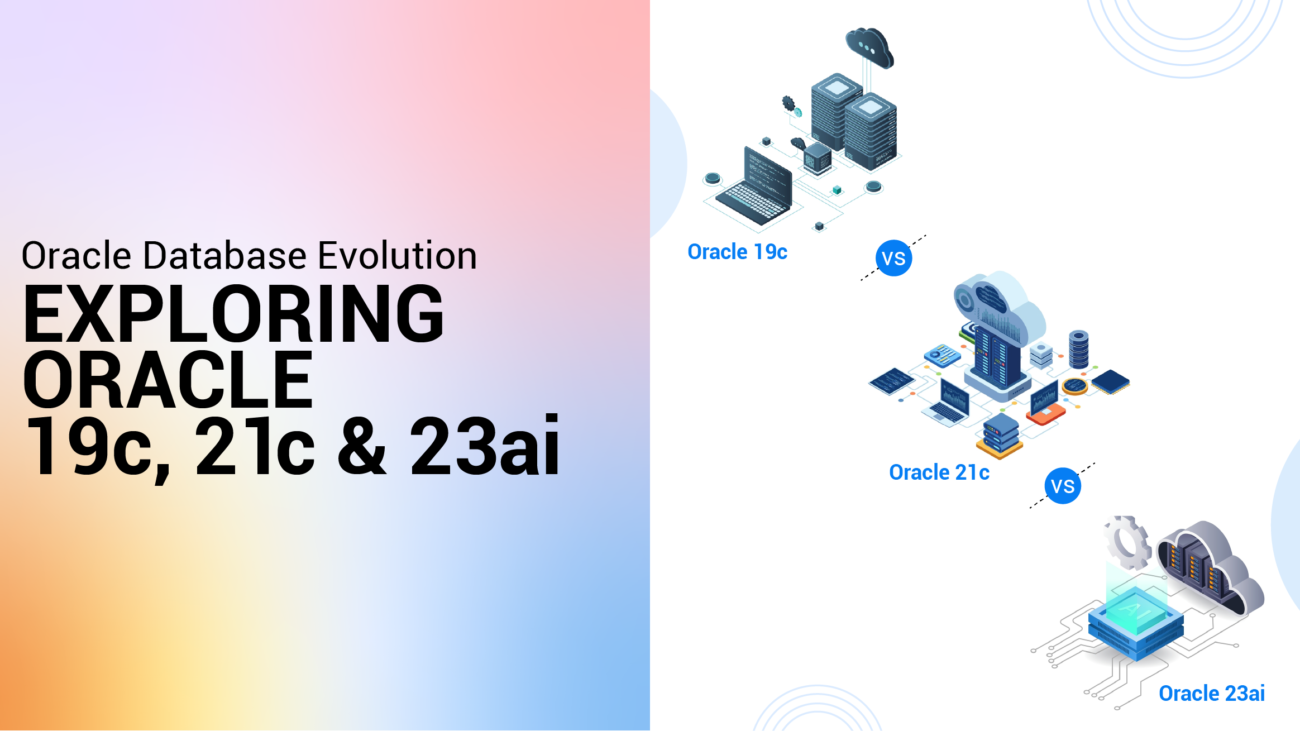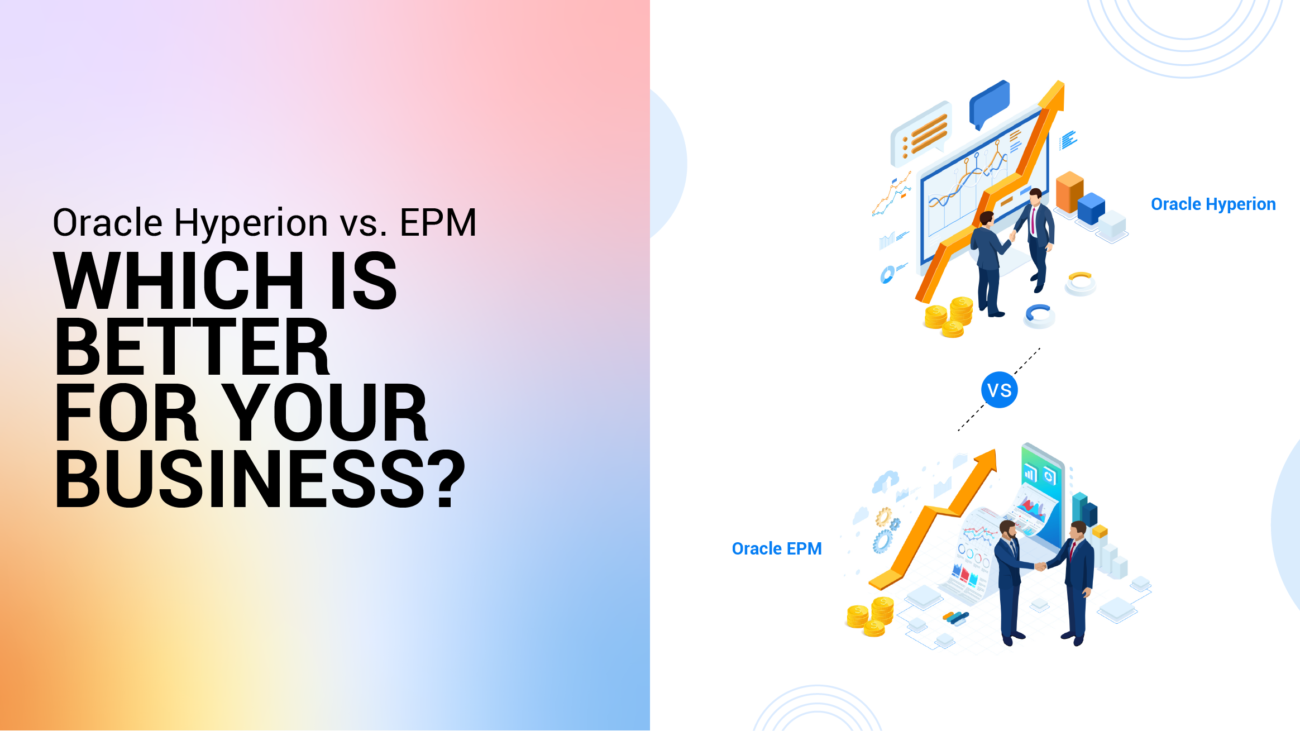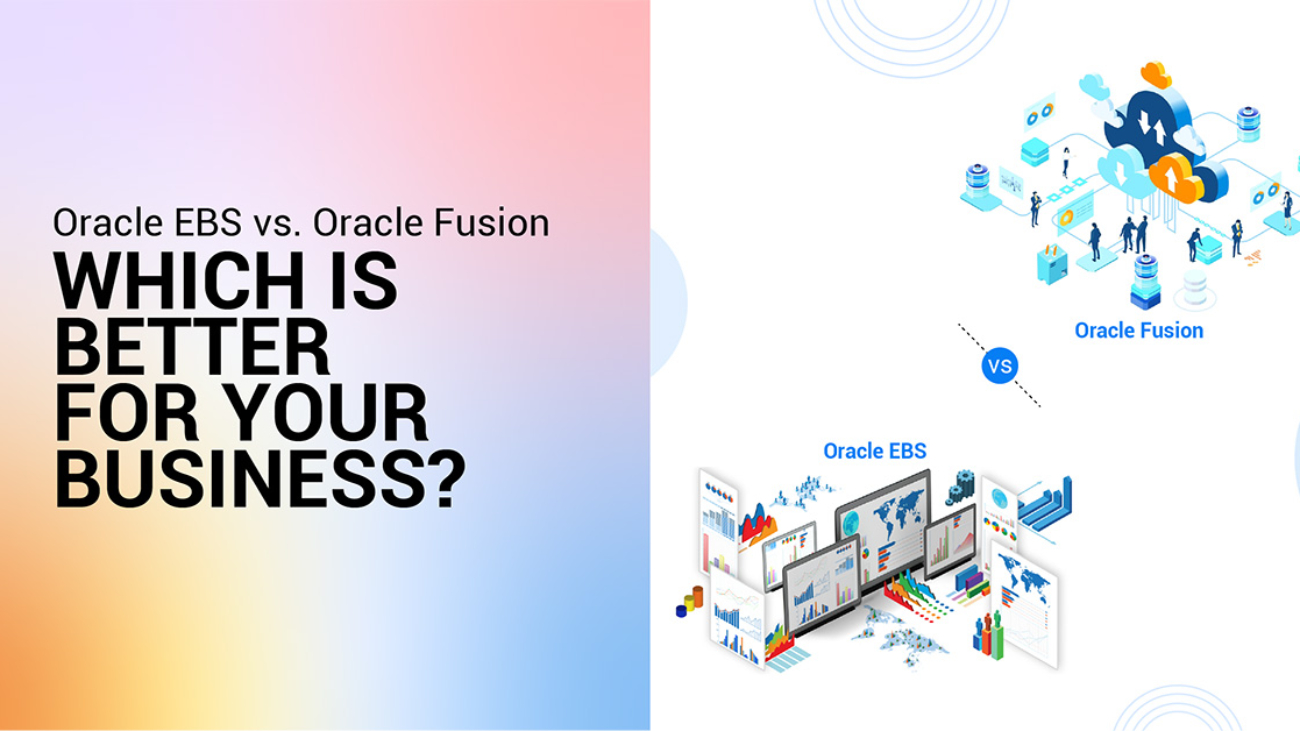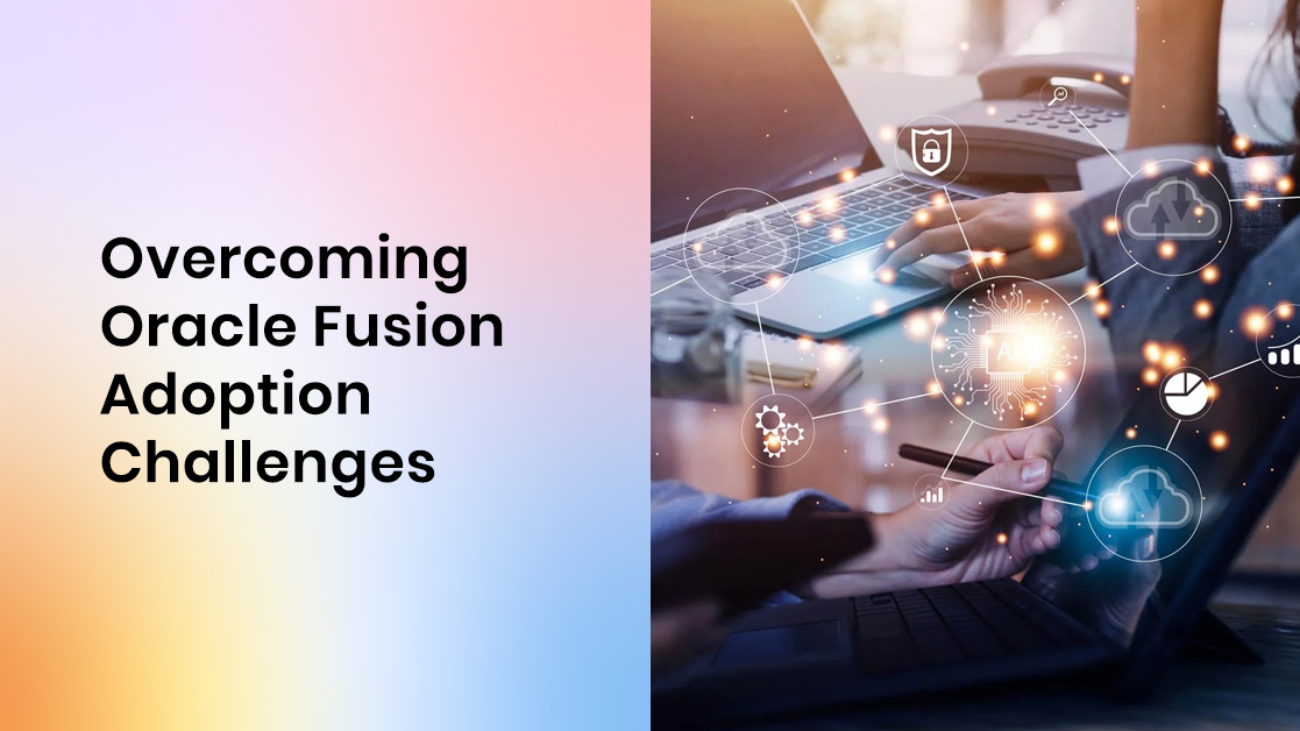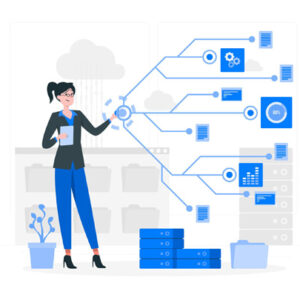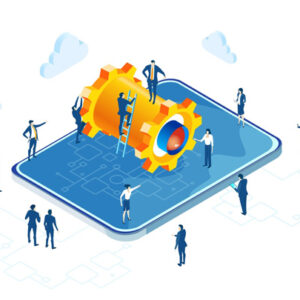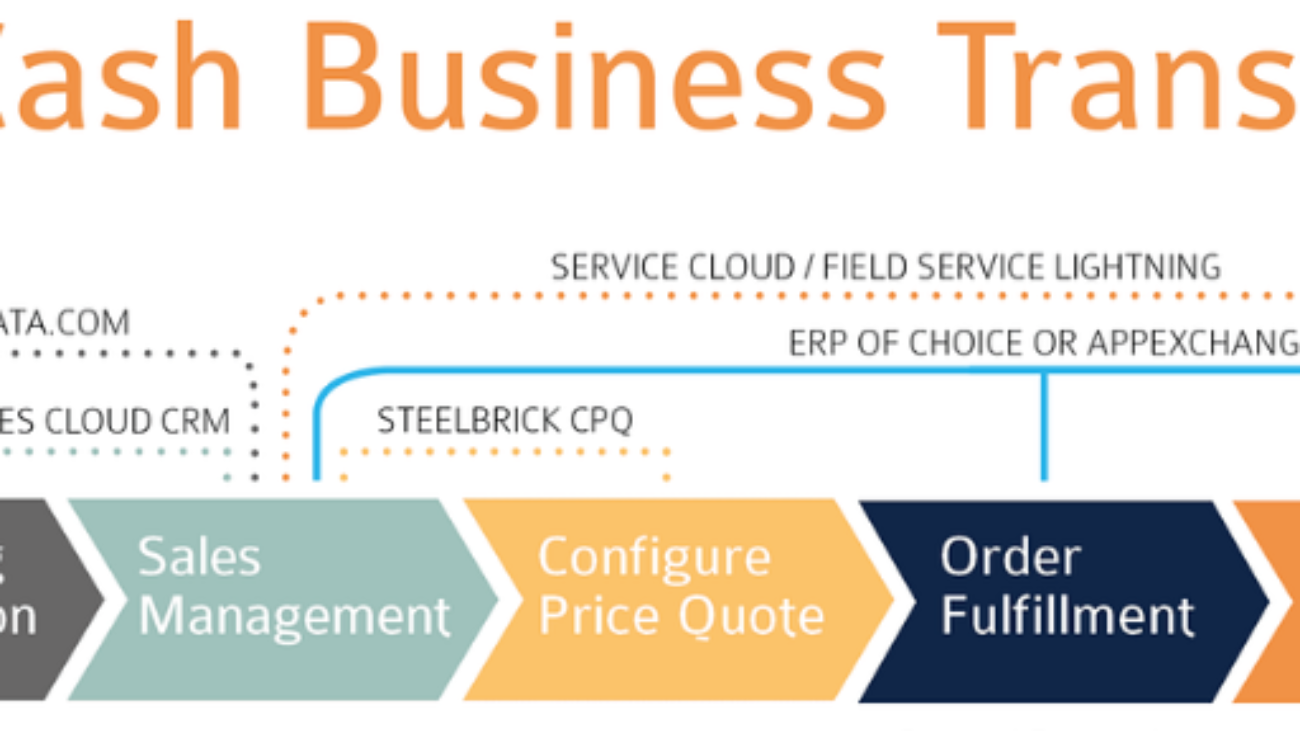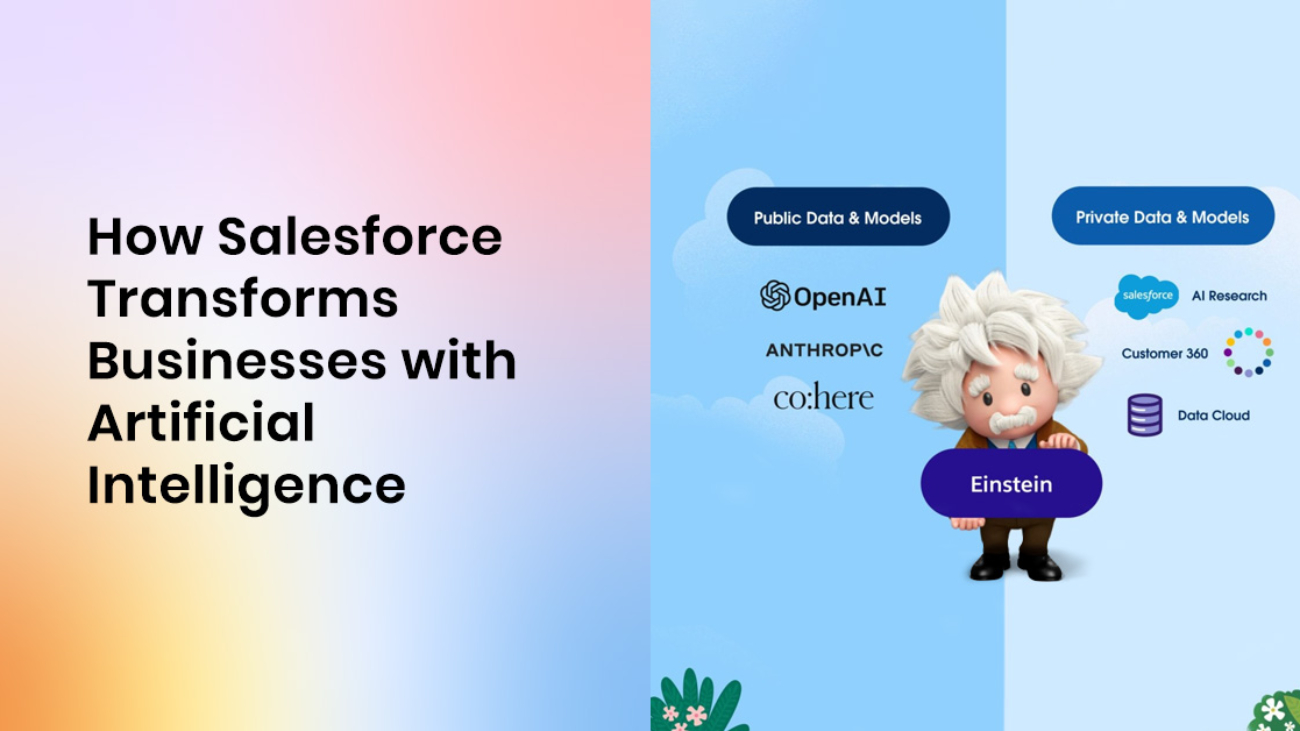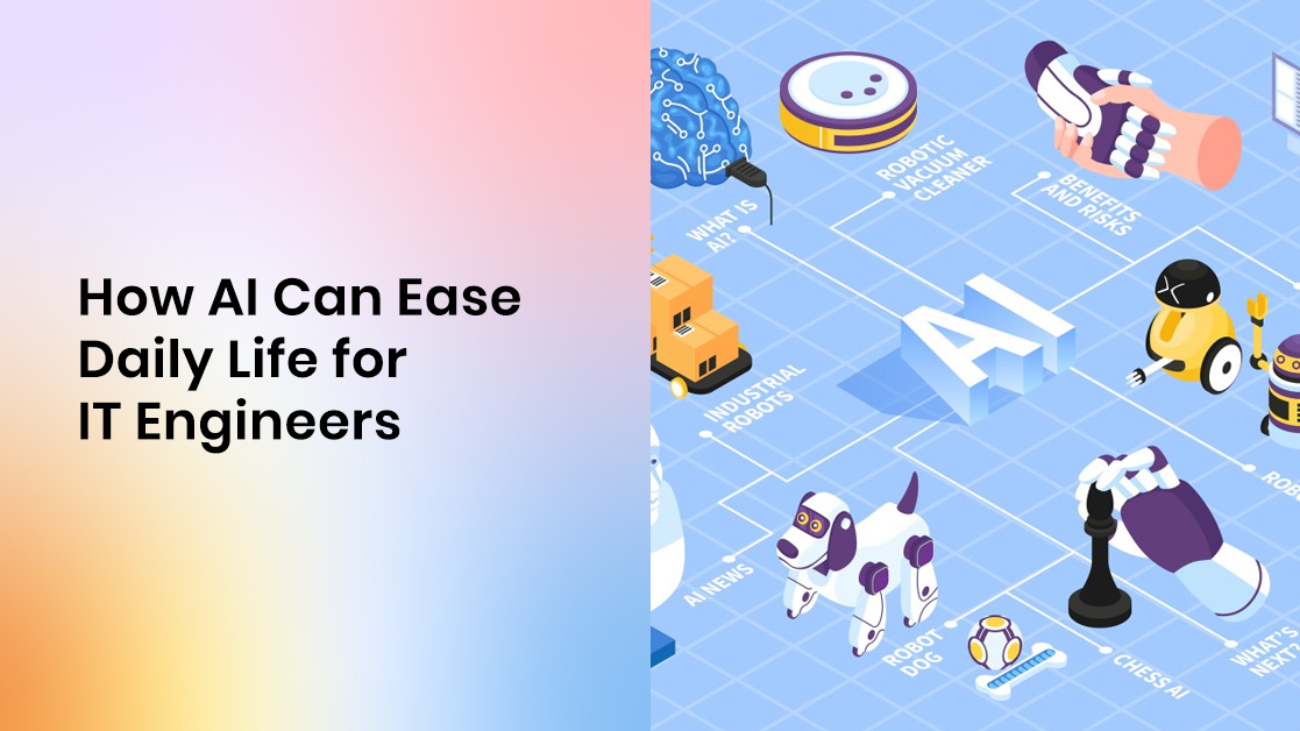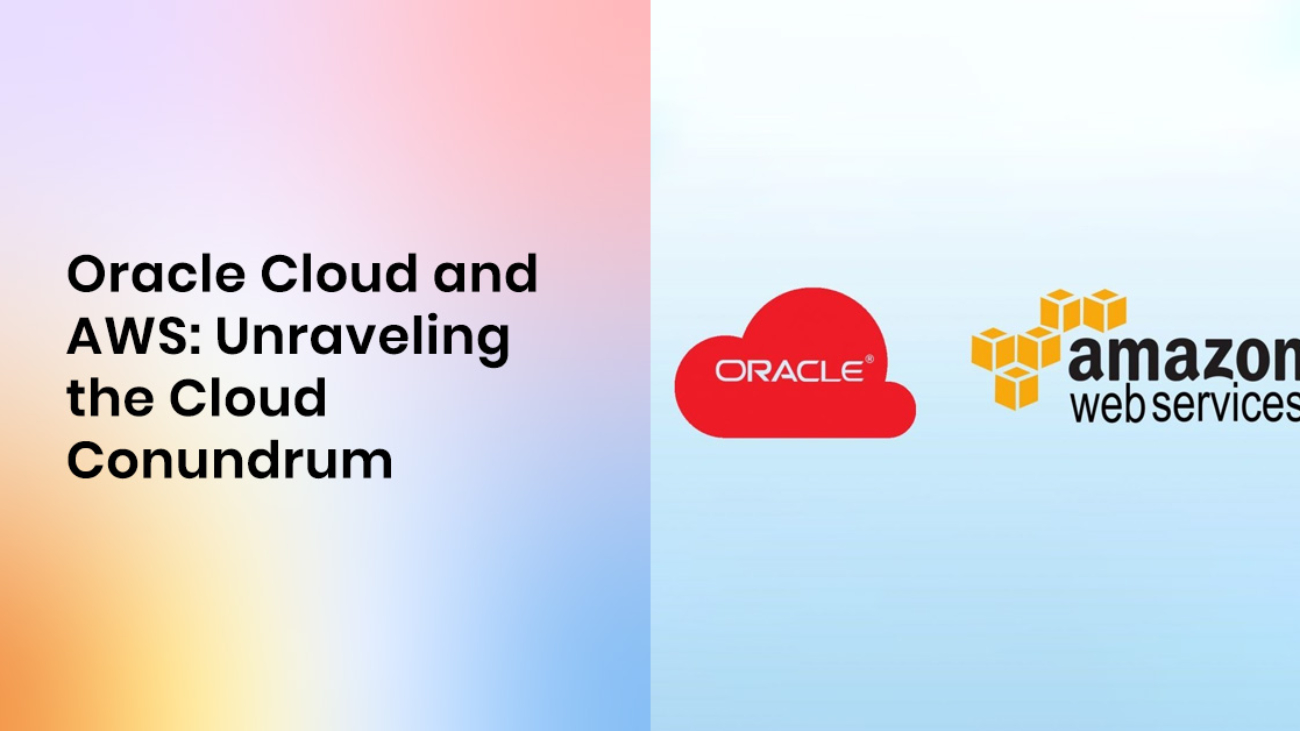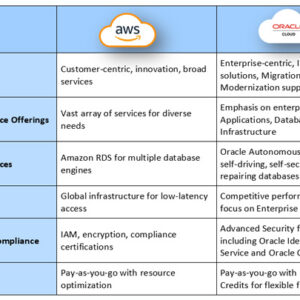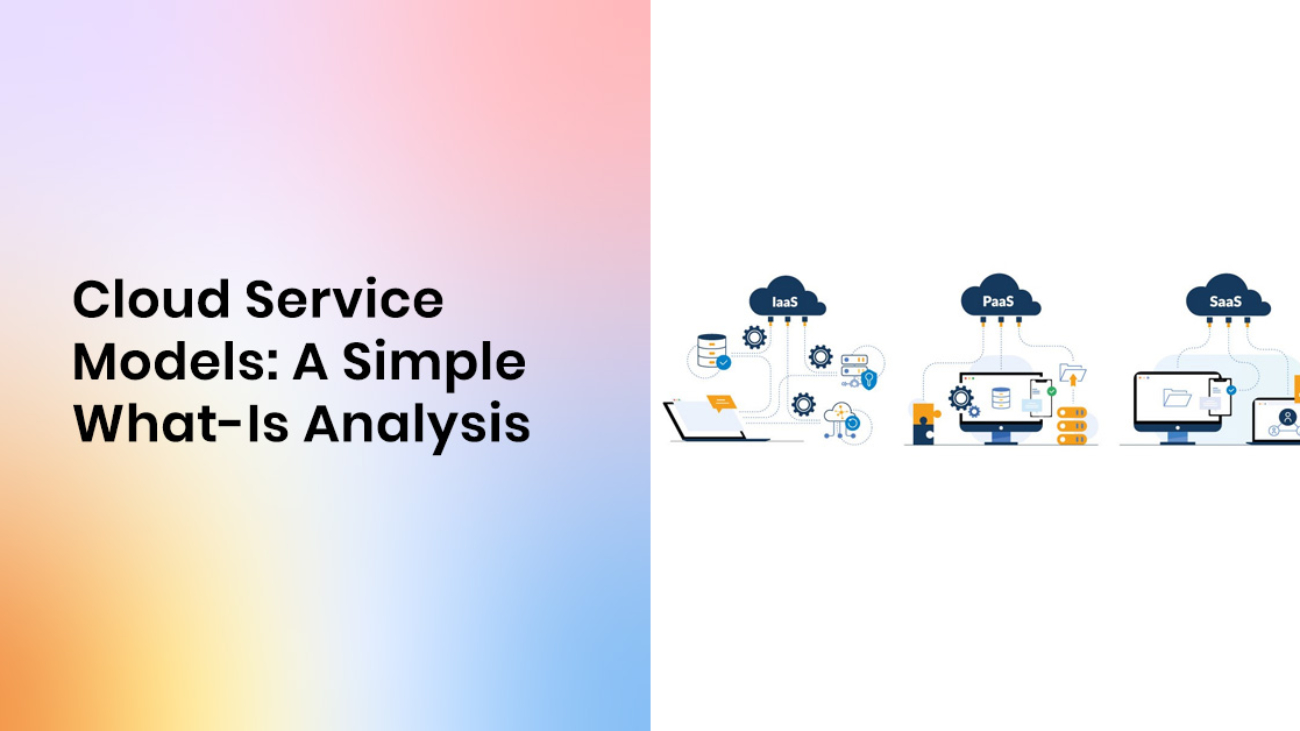In today’s fast-evolving tech landscape, having the right database infrastructure is crucial for organizations aiming to maximize efficiency, innovate, and stay competitive. Oracle Database offers a range of versions designed to meet diverse business requirements. This newsletter delves into the latest releases: Oracle Database 19c, 21c, and 23c. Each version offers distinct features and advantages, catering to organizations at different stages of their data management journey.
Oracle Database 19c: The Stable, Long-Term Choice
Oracle Database 19c is a Long-Term Support (LTS) release, meaning it’s designed to provide stability, extended support, and consistent updates over a prolonged period. Recognized as a highly reliable database, 19c is trusted by organizations across industries to manage and secure their mission-critical data.
Advantages of Oracle Database 19c:
- Long-Term Stability: With support available through 2027, 19c is the go-to choice for enterprises needing a stable, reliable database platform with minimal disruptions.
- High Performance and Availability: Advanced Real Application Clusters (RAC) and Data Guard provide the high availability and disaster recovery capabilities that are critical for modern businesses.
- Enhanced Automation: Oracle 19c’s Automatic Indexing feature intelligently monitors database workloads, creating and dropping indexes as needed to optimize performance without manual intervention.
- Security and Compliance: Data Masking and Transparent Data Encryption ensure sensitive data is protected and compliant with stringent regulatory standards.
Key Features of Oracle 19c:
- Automatic Indexing: Automatically creates and manages indexes, reducing performance bottlenecks.
- Hybrid Partitioned Tables: Supports both internal (database) and external (Hadoop, for example) data partitions in a single table.
- JSON Support: Enhanced JSON processing within relational tables for modern applications.
- In-Memory and RAC Enhancements: Improved in-memory processing for faster data analysis, and enhanced RAC for increased availability.
Best Use Cases: Oracle 19c is ideal for enterprises seeking long-term support and reliable, stable performance in production environments. It’s particularly suitable for large-scale OLTP (Online Transaction Processing) and OLAP (Online Analytical Processing) systems.
Oracle Database 21c: The Innovation Release
Oracle Database 21c is Oracle’s Innovation Release, introducing forward-looking features aimed at early adopters and those interested in testing the latest technology advancements. While it’s not a long-term support release, 21c serves as a preview of capabilities that may become mainstream in future LTS versions.
Advantages of Oracle Database 21c:
- Cutting-Edge Features: 21c includes features like Blockchain Tables and a native JSON datatype, allowing for more flexible and secure data storage.
- Machine Learning Integration: With AutoML for SQL, data scientists and developers can train and deploy machine learning models directly within SQL, significantly simplifying the ML process.
- Persistent Memory (PMEM) Support: By leveraging persistent memory devices, 21c achieves faster read and write speeds, crucial for data-intensive applications.
- Extended JSON Capabilities: With the addition of a native JSON datatype, 21c offers faster processing and optimized storage for JSON data, meeting the needs of applications handling semi-structured data.
Key Features of Oracle 21c:
- Blockchain Tables: Provides tamper-evident, immutable tables suited for audit trails and high-trust data storage.
- Native JSON Datatype: Enhances JSON performance by enabling efficient handling of semi-structured data within the database.
- AutoML for SQL: Offers automated machine learning model creation, bringing ML capabilities directly into the database.
- In-Memory Enhancements: New hybrid columnar scans for in-memory processing provide greater performance in analytic workloads.
Best Use Cases: Oracle 21c is an excellent choice for R&D projects, pilot programs, and organizations looking to experiment with the latest innovations. It’s ideal for teams wanting to explore the future of Oracle Database features in a controlled, test-focused environment.
Oracle Database 23c: The “App Simple” Long-Term Support Release
Oracle Database 23c, dubbed the “App Simple” release, is the latest Long-Term Support version and reflects Oracle’s commitment to simplifying application development and data management. 23c is a comprehensive solution for modern enterprises, combining the stability of an LTS release with new features that cater to cloud-native, DevOps, and app development needs.
Advantages of Oracle Database 23c:
- Simplified App Development: Oracle 23c’s JSON Relational Duality allows data to be stored once and accessed as either JSON or relational, making it easier to support both structured and semi-structured data needs.
- Built-In RESTful Services: Database In-Place Web Services allow developers to create REST APIs directly within the database, simplifying application architecture by reducing the need for middleware.
- Advanced Security: Expanded data masking, enhanced encryption, and compliance-focused features provide top-notch security for sensitive data.
- Cloud-Native and DevOps Ready: With support for microservices, containerization, and integration with Oracle Cloud Infrastructure (OCI), Oracle 23c aligns perfectly with modern DevOps and cloud-native strategies.
Key Features of Oracle 23c:
- JSON Relational Duality: A breakthrough feature allowing data to be represented as both relational and JSON, offering unmatched flexibility.
- Database In-Place Web Services: Exposes RESTful APIs directly from the database, reducing architecture complexity.
- AutoML Enhancements: Facilitates machine learning directly within the database, making ML capabilities accessible without external tools.
- Graph Database Enhancements: Improved graph support enables richer analytics for applications reliant on complex data relationships.
- Enhanced DevOps and Cloud-Native Support: Supports microservices and integrates seamlessly with OCI for deployment in cloud environments.
Best Use Cases: Oracle 23c is ideal for businesses seeking both stability and cutting-edge capabilities. It’s perfect for enterprises aiming to modernize with cloud-native and microservices architectures while requiring long-term support for production environments.
Choosing the Right Version for Your Organization
Choosing the best Oracle Database version depends on your business priorities, project lifecycle, and future plans. Here’s a quick summary:
- Oracle 19c: The ideal LTS release for companies prioritizing stability and long-term support in production environments.
- Oracle 21c: An innovation release for businesses looking to experiment with the latest database technologies in pilot projects.
- Oracle 23c: A comprehensive LTS release with modern features suited to cloud-native, DevOps, and application-driven enterprises.
Whether you’re looking to innovate or prioritize stability, Oracle offers a version tailored to your needs. By understanding the unique features and advantages of each release, your organization can leverage Oracle Database to its full potential, keeping your data strategy on the cutting edge.
Thank you for reading this series on Oracle Database releases! If you have questions or need guidance on which version best suits your needs, don’t hesitate to reach out.

